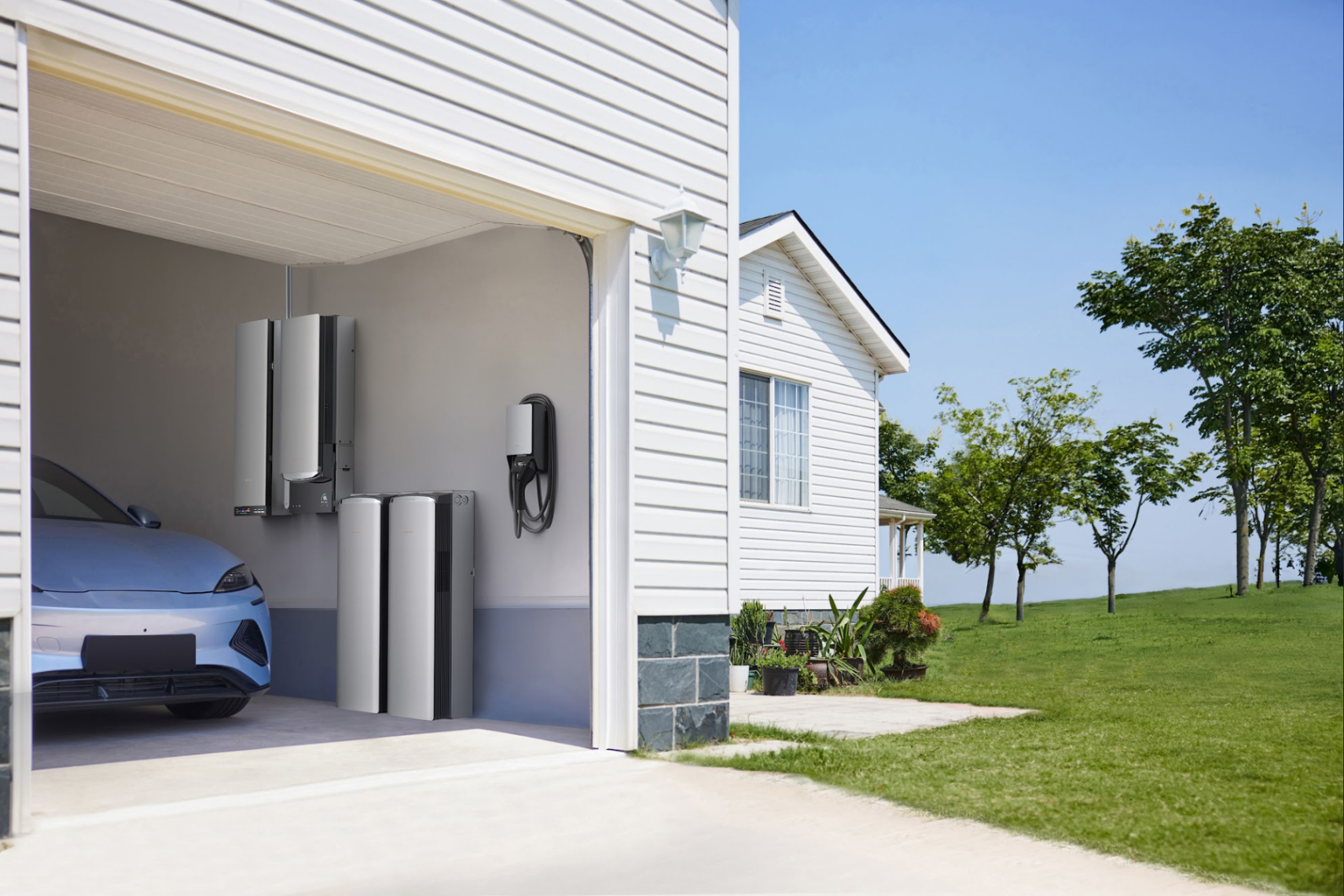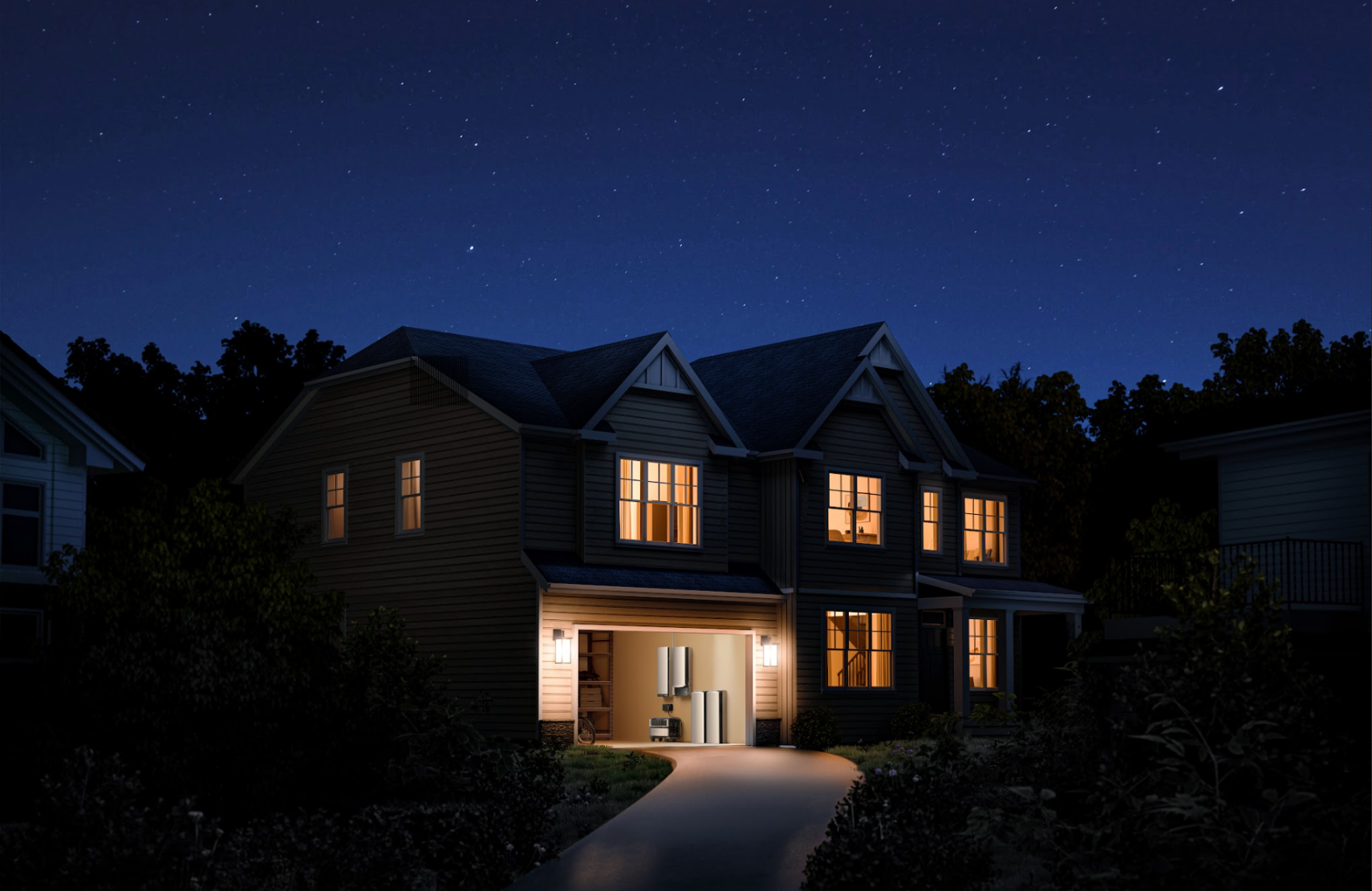IP67 Batteries for Home Backup: Durable, Waterproof, and Reliable
- What Does IP67 Really Cover For A Waterproof Battery?
- Where Should You Place A Waterproof Solar Battery At Home?
- How Do You Control Heat For An IP67 Battery?
- How Do You Verify A Rugged IP67-Certified Home Backup?
- When Is A Waterproof Battery Not Flood-Proof?
- How to Maintain IP67-Rated Batteries For Home
- How Can An IP67 Battery And Smart Siting Lower Lifetime Costs?
- IP67 And Battery Durability For Home Backup Practical Bottom Line
- FAQs
Power failures, heat waves, and rising water are now common across many U.S. neighborhoods. An IP67 battery blocks dust and survives brief immersion, yet real durability comes from siting, heat design, code paperwork, and steady care. The guidance below targets large homes that need whole-home coverage with long service life.
What Does IP67 Really Cover For A Waterproof Battery?
An IP67 battery earns two protections: dust-tight construction and survival after temporary immersion at one meter for thirty minutes. This helps a waterproof battery deal with rain, splashes, and short pooling around a pad without calling a technician. IP ratings speak to ingress only, so UV, salt air, and chemical exposure still require choices in location and materials.
Treat the IP67 rated battery as a sealed system in which cable glands, gaskets, and boots must match the enclosure.
Ask for the IEC 60529 reference in writing to confirm the waterproof battery claim.
Keep expectations clear: IP67 is temporary immersion, not continuous submersion in floodwater.
Where Should You Place A Waterproof Solar Battery At Home?
Placement sets the tone for decades of service. Think like water and heat: keep the waterproof solar battery away from splash paths and give the IP67 battery a cooler micro-climate.
Elevate the pad above local high-water marks, then keep a standoff from walls for airflow and service clearance.
Avoid upward-facing connectors and add drip loops on every cable run.
Stay clear of downspouts, sprinklers, snow slides, and vehicle splash zones.
Use a load-rated base and anchors sized for a 200 to 300 pound module class, then verify pad thickness with your installer.
For example, with EcoFlow OCEAN Pro that is IP67 rated, flood resistant to 3.3 feet, mount on an elevated, load-rated pad above the high-water line, provide shade and airflow. This approach keeps a waterproof solar battery healthier through storm seasons and summer peaks.
How Do You Control Heat For An IP67 Battery?
Heat shortens life in sealed gear, so plan for conduction and shade during design and let controls fine-tune the rest. A cooler IP67 battery cycles more gently and keeps capacity available for long outages.
- Add a conductive backplate or spreading rails that couple the IP67 battery enclosure to a cooler mass.
- Create shade with a simple canopy or architectural screen, and avoid reflective metal siding near the waterproof battery.
- Apply summer derating, lowering charge and discharge limits during the hottest hours to protect cells.
- Confirm an operating ceiling that matches local extremes, with headroom near 140°F for heat waves.
How Do You Verify A Rugged IP67-Certified Home Backup?
Marketing lines do not pass inspections. Build a short checklist and keep it with bids. A few documents and thresholds show the system is truly the rugged IP67-certified choice for residential use.
| What To Request | Why It Helps | Useful Signal |
| IEC 60529 report for IP67 battery (IP6X and IPX7) | Confirms dust and immersion protection | Pass at 1 m for 30 min |
| UL 9540 and UL 1973 evidence | Streamlines approval and insurance | System and battery files on record |
| UL 1741 evidence for the inverter | Verifies grid interaction and protection | Listing visible in submittals |
| Warranty and environmental limits | Sets planning rules for heat and water | 15 years, about 140°F ceiling, flood note near 3.3 ft |
These items turn claims into verifiable facts and keep an IP67-rated home battery on a clear path from plan check to commissioning.
When Is A Waterproof Battery Not Flood-Proof?
Temporary immersion is a short window. A storm surge or a blocked drain can leave equipment underwater far longer than an IP test. Elevation and drainage convert an IP67 battery into a resilient asset during wet years.
- Raise the enclosure above historic high-water lines for your address.
- Shape drainage so water moves away from pads and conduits.
- Keep equipment out of doorways, garage runoff paths, and basin bottoms.
- Where exposure is high, design quick-disconnects so a trained crew can relocate a stack before a severe event.


How to Maintain IP67-Rated Batteries For Home
A tight seal stays tight when small issues never grow. Maintenance for batteries for the home should be light, regular, and well-documented so long warranties remain intact.
After major storms, walk the site and check gaskets, connector boots, and weep points for dust streaks or water marks on the waterproof battery.
Re-torque terminals to the manufacturer’s specification during annual service since thermal cycles loosen fasteners.
Replace UV-hardened boots and seals at the first sign of cracking and avoid new penetrations through the IP67 battery enclosure.
Enable app alerts for temperature and voltage if available, and log findings to support warranty claims.
How Can An IP67 Battery And Smart Siting Lower Lifetime Costs?
Upfront choices shape operating costs and day-to-day reliability. Keep the focus on heat, water, harvest, and power delivery.
- A shaded IP67 battery runs cooler, so the cycle count lasts longer and usable capacity stays available.
- Elevation and clean drainage protect stands and anchors from corrosion, which cuts small recurring repairs.
- High PV headroom with many MPPT channels lets a waterproof solar battery reach full charge on complex roofs, so backup depth is ready when the grid goes out.
- Strong continuous power with healthy surge handling keeps HVAC and well pumps online, which protects comfort during long events.
Taken together, these choices reduce service calls over time and keep the system prepared for extended outages.
IP67 And Battery Durability For Home Backup Practical Bottom Line
Treat the IP67 battery as a sealed asset that thrives with elevation, shade, airflow paths, clean cable work, and a clear paper trail. Verify the rugged IP67-certified claim with actual test reports and residential safety files, then set pad height from a real flood statement and match the operating ceiling to local heat. During selection, short-list IP67 rated batteries for home that document flood tolerance near 3.3 feet, an operating ceiling around 140°F, ample PV input with multiple MPPT channels, strong continuous output with reliable surge, storage that scales toward 80 kWh, and a 15-year warranty in writing. A waterproof battery that meets these marks turns whole-home backupinto a steady part of daily life in the U.S., ready for storm season and heat waves alike.


FAQs
Q1. Can an IP67 rated battery be connected to a standby generator and ATS?
Treat the IP67 battery as a sealed asset that thrives with elevation, shade, airflow paths, clean cable work, and a clear paper trail. Verify the rugged IP67-certified claim with actual test reports and residential safety files, then set pad height from a real flood statement and match the operating ceiling to local heat. During selection, short-list IP67 rated batteries for home that document flood tolerance near 3.3 feet, an operating ceiling around 140°F, ample PV input with multiple MPPT channels, strong continuous output with reliable surge, storage that scales toward 80 kWh, and a 15-year warranty in writing. A waterproof battery that meets these marks turns whole-home backup into a steady part of daily life in the U.S., ready for storm season and heat waves alike.
Q2. Will an IP67 battery keep me safe from lightning and power surges?
Yes. Install a Type 1 whole-house surge protective device at the service, solar panel input surge protective devices, and bond the enclosure to the grounding system. Leave gland seals intact when installing. Use local code to size wires and bond jumpers. Record test results, so there's documentation for insurers and inspectors.
Q3. Can IP67 be employed in salt spray-coastal locations?
Utilize robust hardware of 316 stainless steel, having rust-resistant coatings, and sealed covers over connectors. Install the cabinet away from high winds and highway salt. Provide periodic freshwater rinses of the exterior surfaces and inspect them frequently. Select cable trays and anchor components that are capable of withstanding coastal environments to avoid the enclosure rusting.